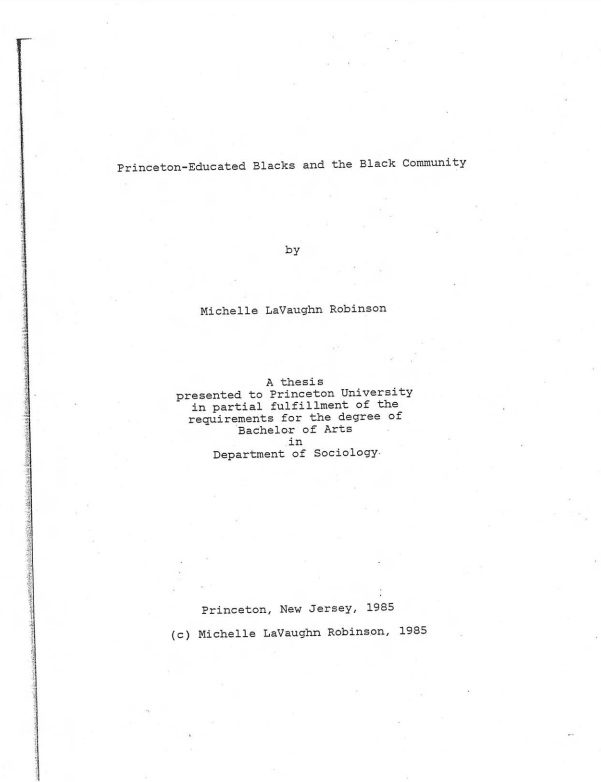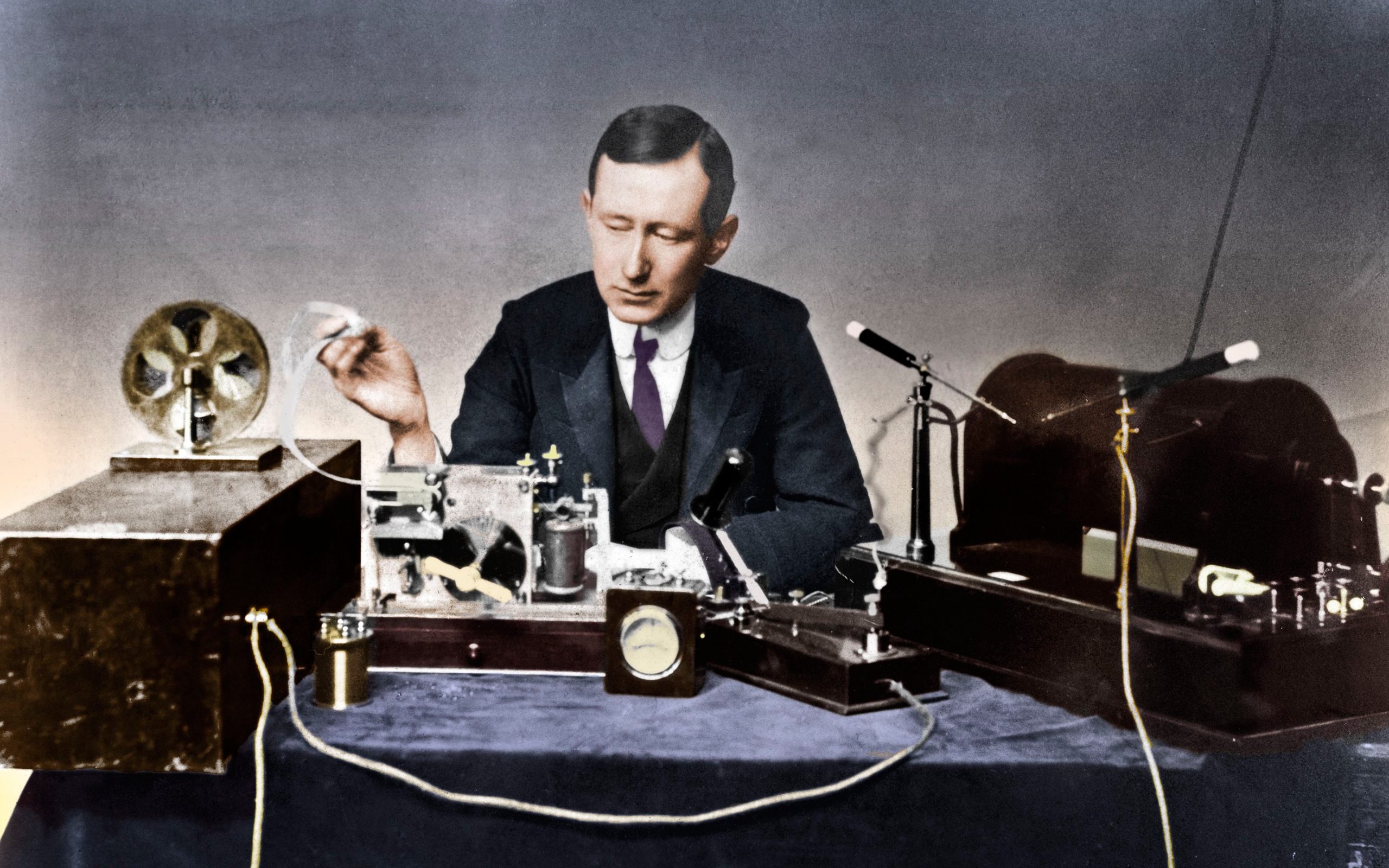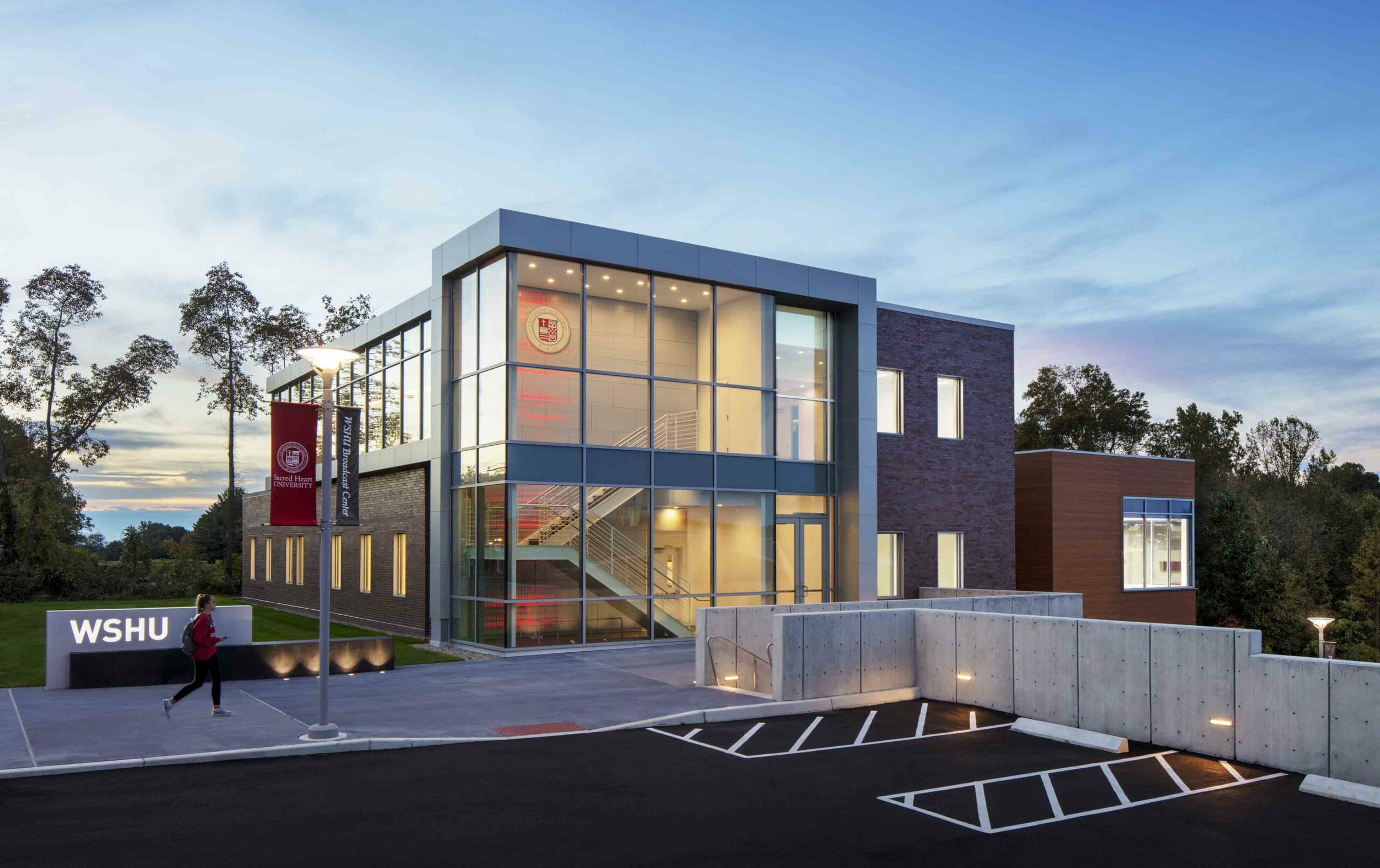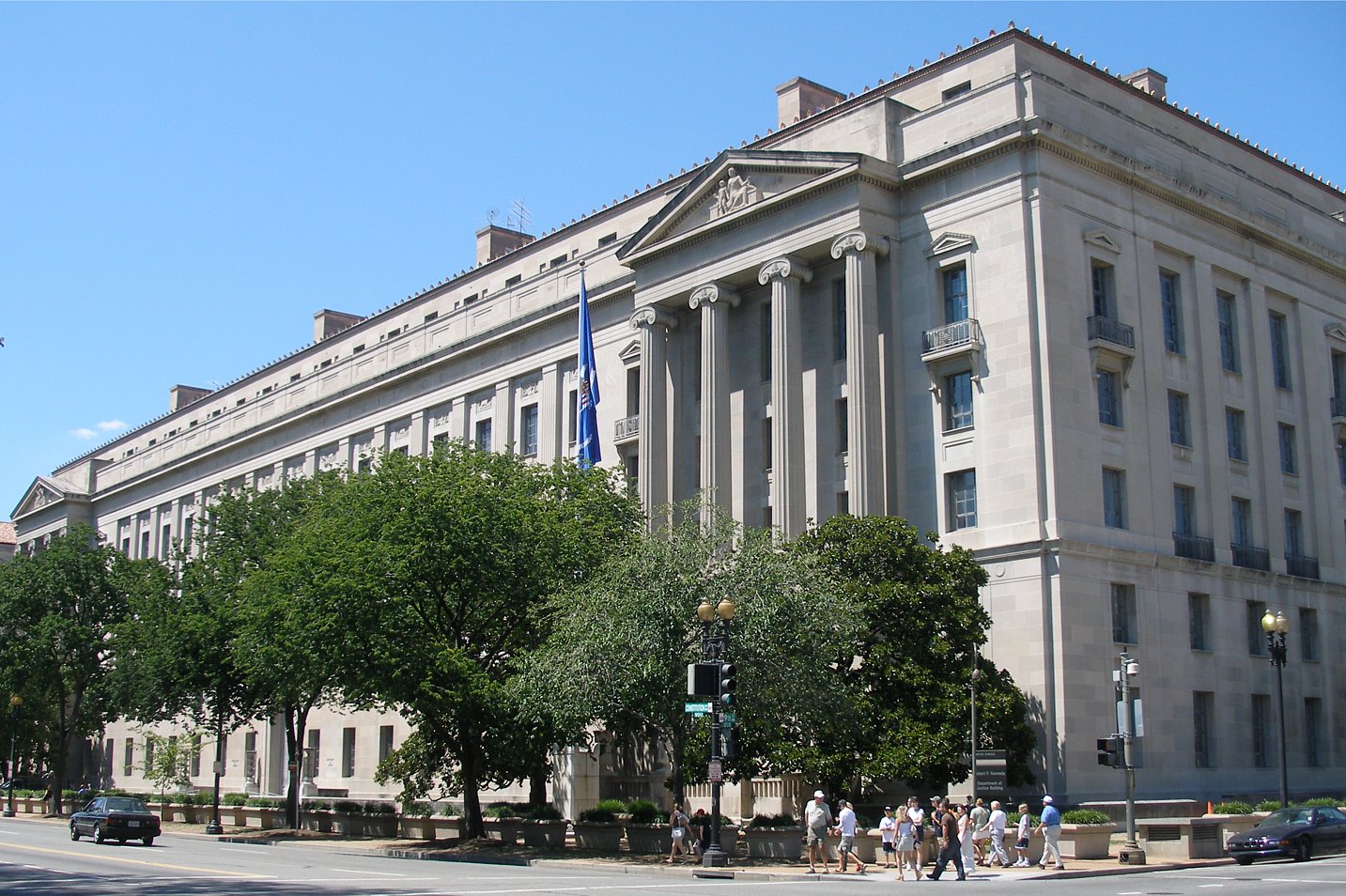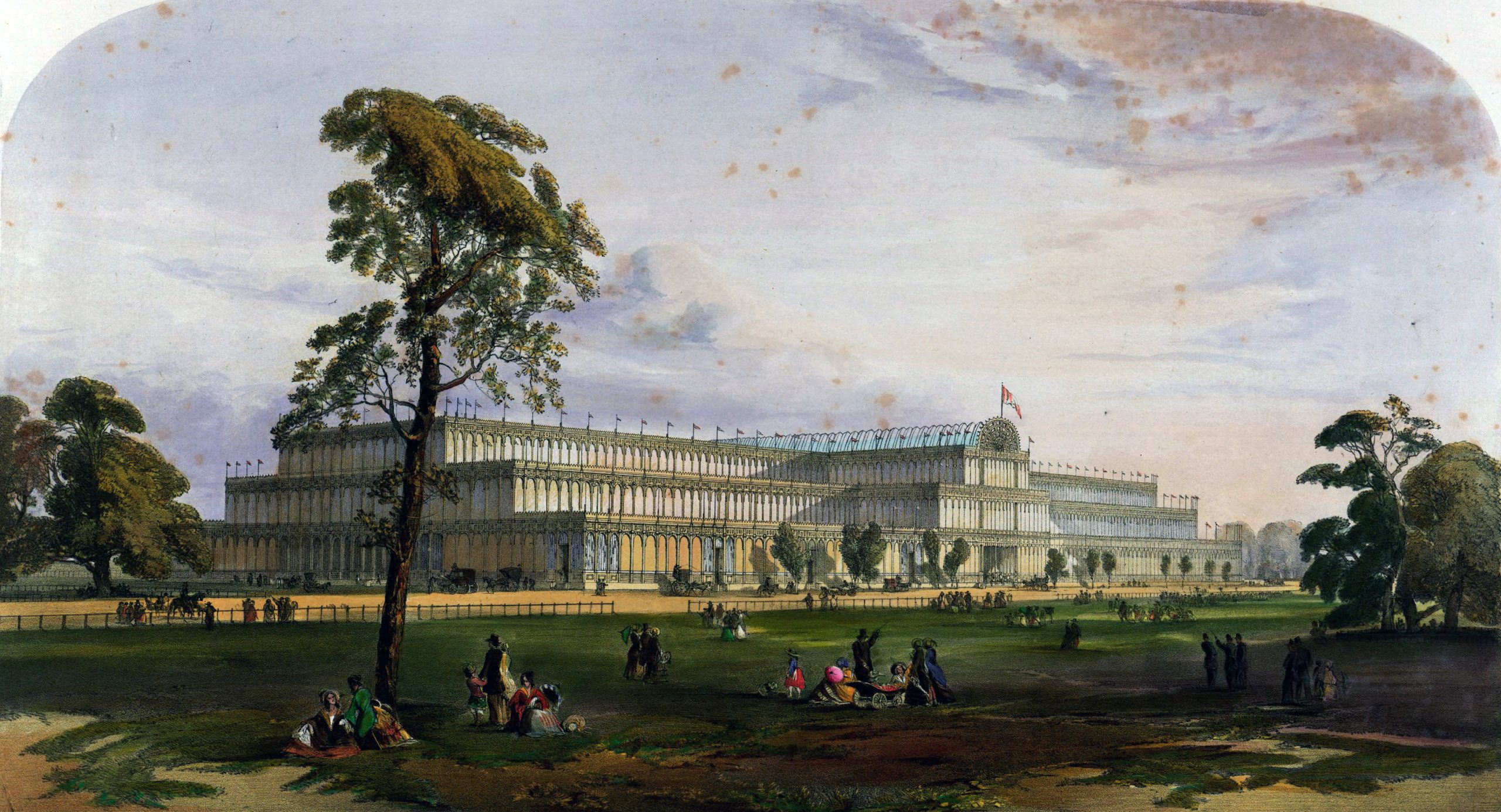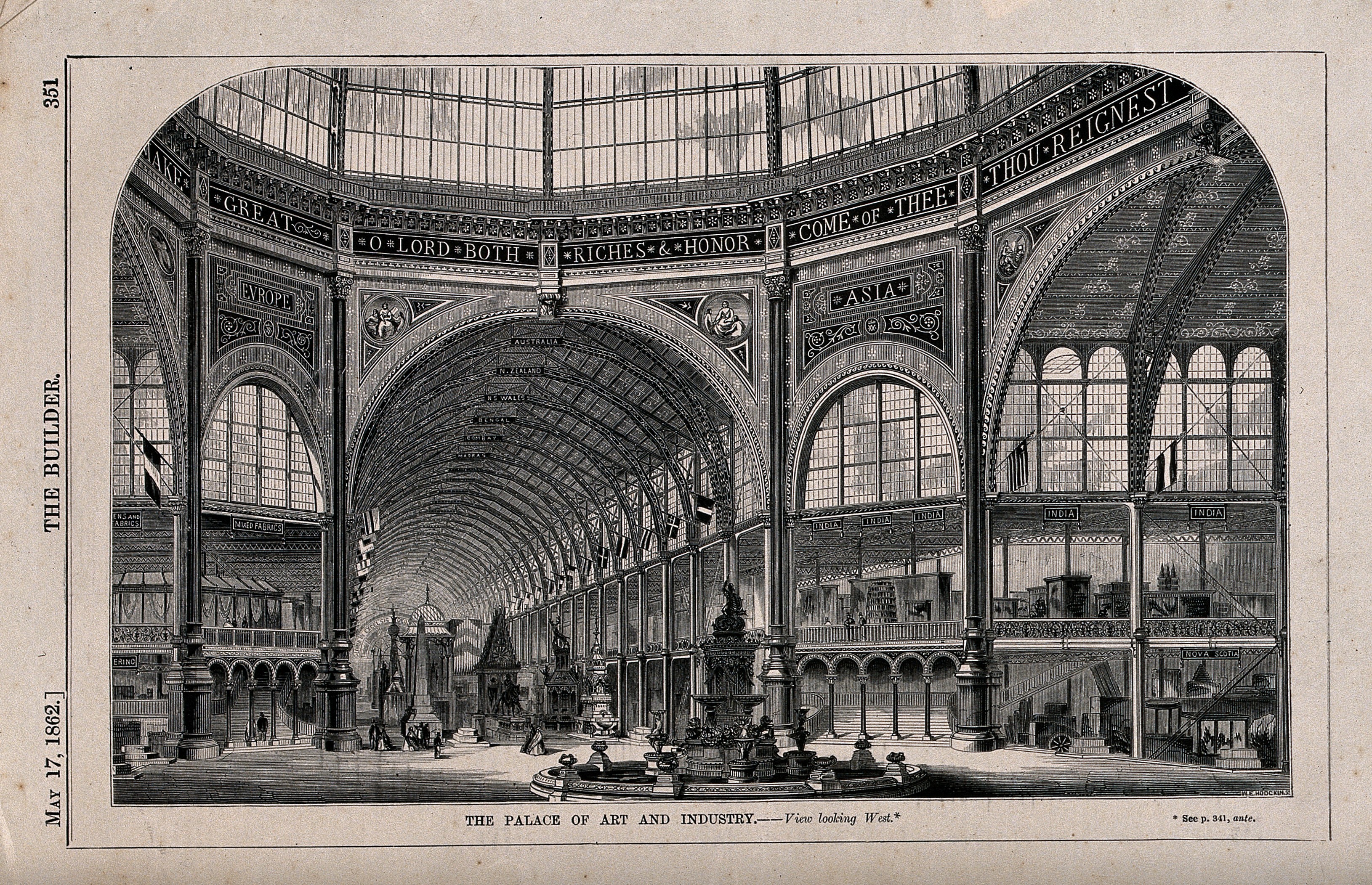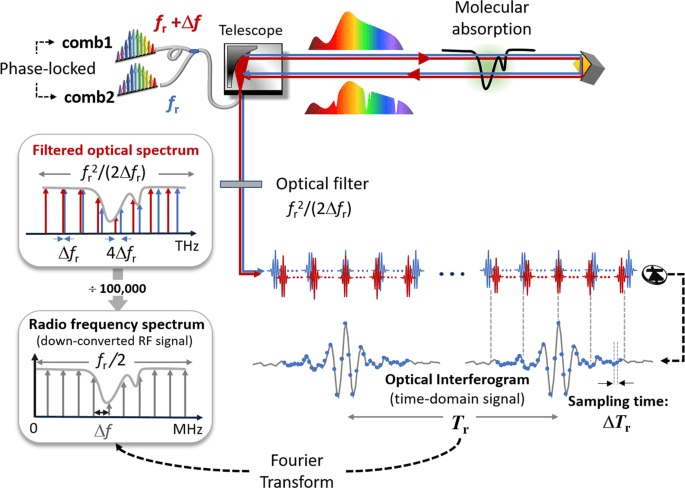“Princeton-Educated Blacks and the Black Community”
- Home Page 176

The Science of Beer Brewing
This content is accessible to paid subscribers. To view it please enter your password below or send mike@standardsmichigan.com a request for subscription details.
Radio 400
“The wireless age has brought us closer together,
yet we must work to ensure that it does not divide us.”
— Guglielmo Marconi
When the electric grid and the internet are down and there is no cell service, radio can still work to help communities stabilize. Starting 2024 we will break down our coverage of the radio frequency technology standards used in educational settlements into into two categories:
Radio 300: Security and maintenance radio. These usually use a single radio channel and operate in a half-duplex mode: only one user on the channel can transmit at a time, so users in a user group must take turns talking. The radio is normally in receive mode so the user can hear all other transmissions on the channel. When the user wants to talk he presses a “push-to-talk” button, which turns off the receiver and turns on the transmitter; when he releases the button the receiver is activated again. Multiple channels are provided so separate user groups can communicate in the same area without interfering with each other.
Note that a core title in this domain — NFPA 1802 Standard on Two-Way, Portable RF Voice Communications Devices for Use by Emergency Services Personnel in the Hazard Zone — is part of an NFPA catalog reorganization. Best practice content will be rolled into NFPA 1300 Standard on Fire and Emergency Service Use of Thermal Imagers, Two-Way Portable RF Voice Communication Devices, Ground Ladders, and Fire Hose, and Fire Hose Appliances.
As of this posting APCO International has no public consultations on any titles in its public safety radio standards catalog.
Radio 400: Student radio. College radio stations are typically considered to be public radio radio stations in the way that they are funded by donation and grants. The term “Public radio” generally refers to classical music, jazz, and news. A more accurate term is community radio, as most staff are volunteers, although many radio stations limit staff to current or recent students instead of anyone from the local community. There has been a fair amount of drama over student-run radio station history; a topic we steer away from.
The Low Power FM radio service was created by the Commission in January 2000. LPFM stations are authorized for noncommercial educational broadcasting only (no commercial operation) and operate with an effective radiated power (ERP) of 100 watts (0.1 kilowatts) or less, with maximum facilities of 100 watts ERP at 30 meters (100 feet) antenna height above average terrain. The approximate service range of a 100 watt LPFM station is 5.6 kilometers (3.5 miles radius). LPFM stations are not protected from interference that may be received from other classes of FM stations.
Student-centred Learning Environments in the Discipline “Radio Communication Technologies” | University of Ruse “Angel Kanchev”, Ruse, Bulgaria
E-Learning Resources for Improving Student Achievement in a Course on RF Engineering | Singapore Institute of Technology, Singapore
A Low Cost Ground Station Setup for Introducing Undergraduate Students to Satellite Reception and Radio Astronomy | Maharashtra Institute of Technology-WPU, Pune
We follow — but do not respond — to consultations on titles covering the use of radio frequencies for the Internet of Things. At the moment, most of that evolution happens at the consumer product level; though it is wise to contemplate the use of the electromagnetic spectrum during widespread and extended loss of broadband services.

Maxwell equations: Four lines that provide a complete description of light, electricity and magnetism
We do not include policy specifics regarding the migration of National Public Radio beyond cultural content into political news; though we acknowledge that the growth of publicly financed radio domiciled in education communities is a consideration in the technology of content preparation informed by the Public Broadcasting Act of 1967.
We drill into technical specifics of the following:
- Radios used for campus public safety and campus maintenance
- Student-run campus radio stations licensed by the Federal Communications Commission as Low Power FM (LPFM)
- Facilities for regional broadcast of National Public Radio operating from education communities
- Off-campus transmission facilities such as broadcast towers.
- Grounding, bonding, lightning protection of transmission and receiving equipment on buildings
- Broadcast studio electrotechnologies
Radio technology is regulated by the Federal Communications Commission with no ANSI-accredited standards setting organizations involved in leading practice discovery and promulgation. Again, we do not cover creative and content issues. Join us today at 11 AM/ET using the login credentials at the upper right of our home page.
More
International Telecommunications Union: News Magazine No.1 2022
International Special Committee on Radio Interference
Campus Safety Radio JVCKENWOOD CAMPUS SAFETY 5 TIPS TO LOWER COSTS
Kitchens 200
“A good home must be made, not bought.
In the end, it’s not track lighting or a sun room
that brings light into a kitchen.”
Today we examine the literature that informs the safety and sustainability of small to medium-sized food preparation occupancies. Kitchenettes are often integrated into other living spaces such as gathering space on a single floor in a dormitory (unlike the full size dormitory kitchen), the teachers or faculty lounge.
Kitchenettes usually contain basic appliances and fixtures necessary for minimal food preparation, such as a small refrigerator, microwave or toaster oven, sink, and possibly a hot plate or small stove.
Kitchenettes are primarily intended for simple meal preparation and light cooking.
Kitchenettes may have limited storage capacity, requiring users to maximize space utilization through creative storage solutions.
School districts, colleges, universities and university-affiliated hospitals typically have hundreds of them; all of which present significantly elevated hazard as the focal area for nearly all activity.
They are the locus for concentrated electrical load. Our approach will be examine case studies and reflect back to the codes and standards. Use the login credentials at the upper right of our home page.
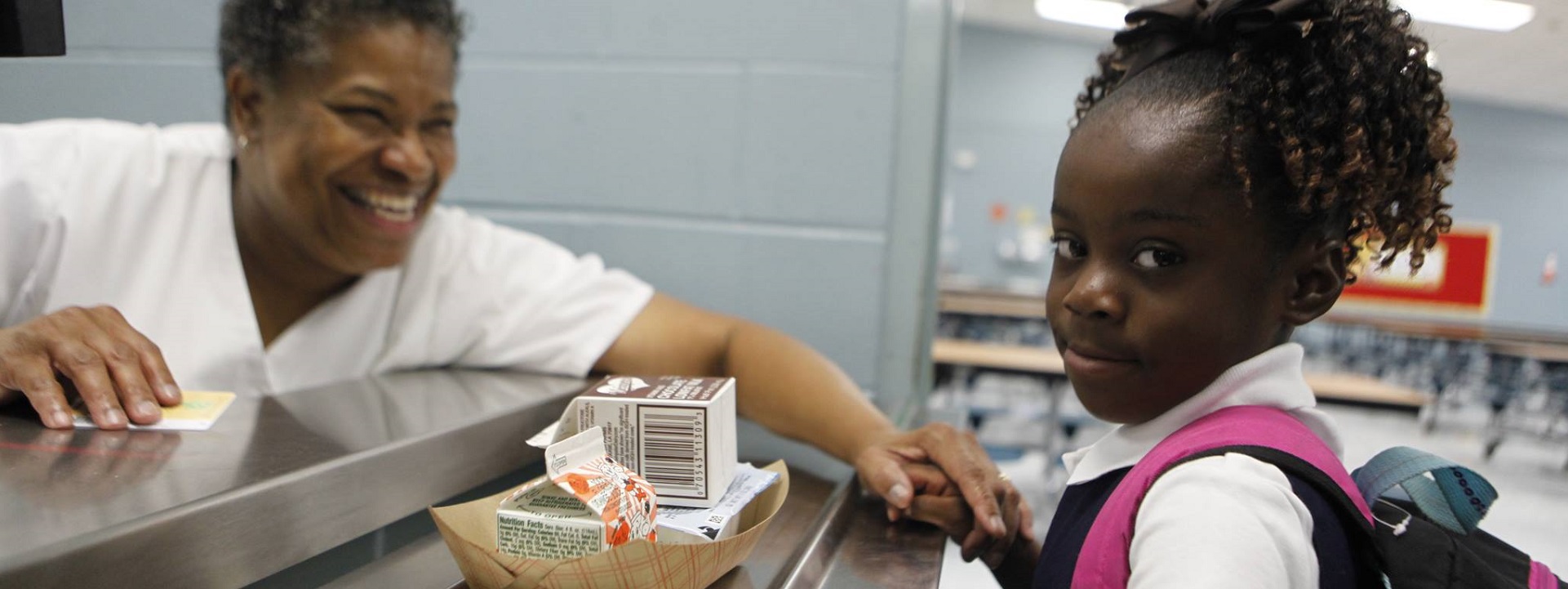
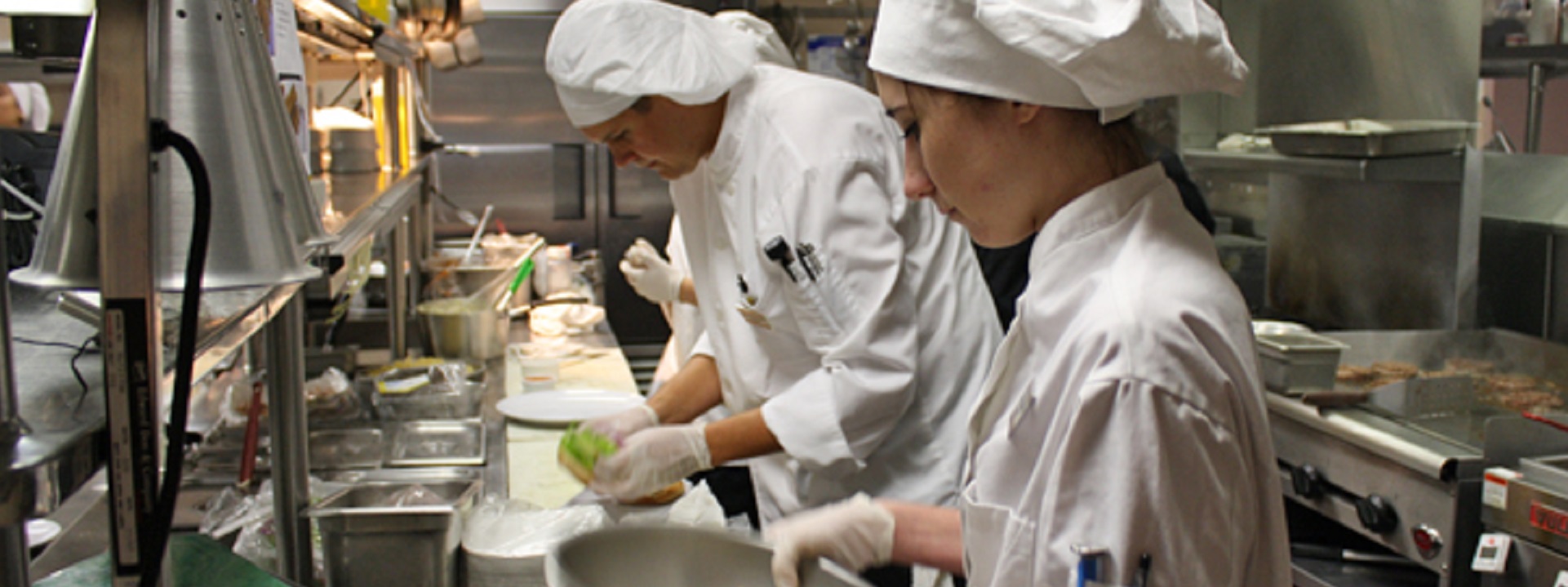
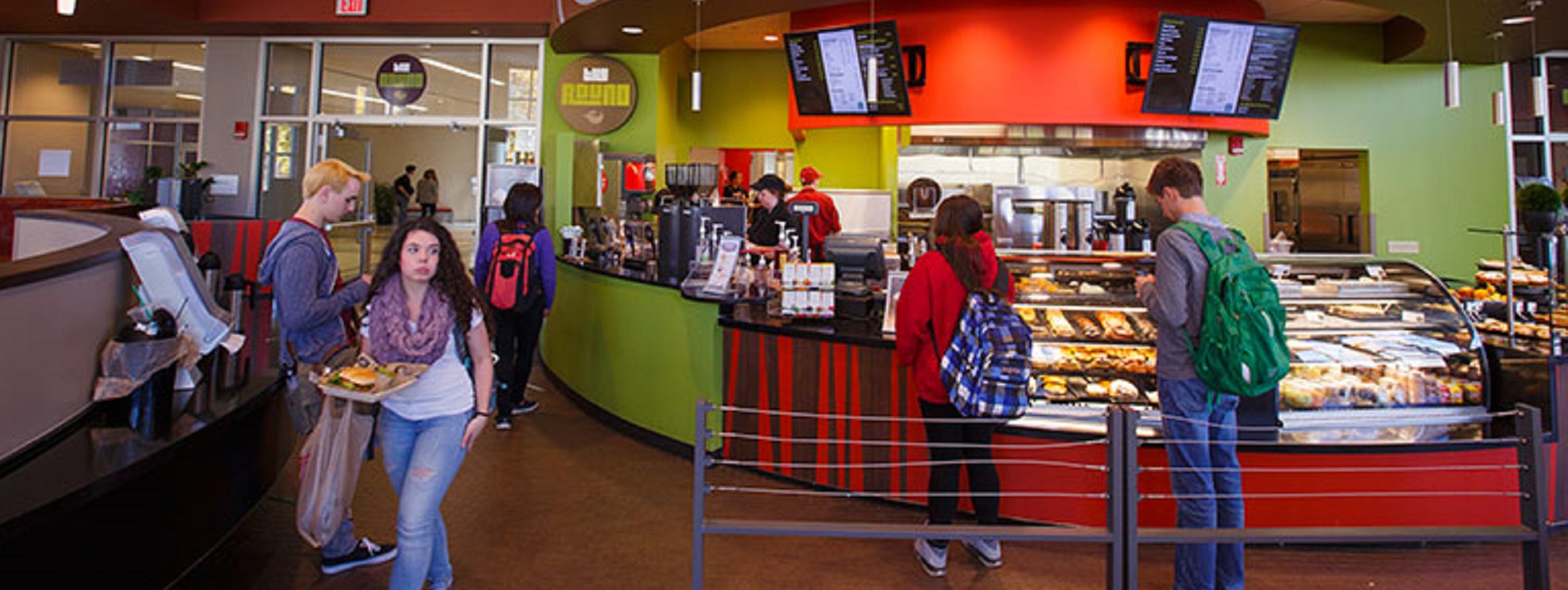
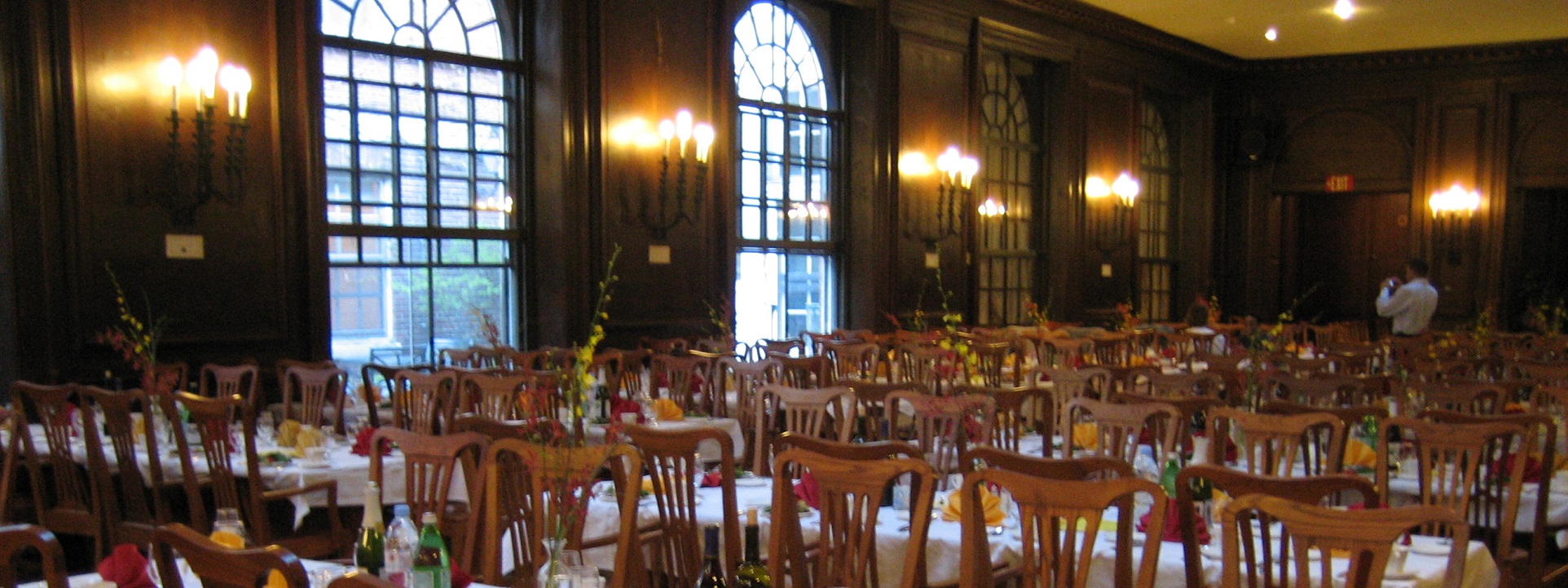
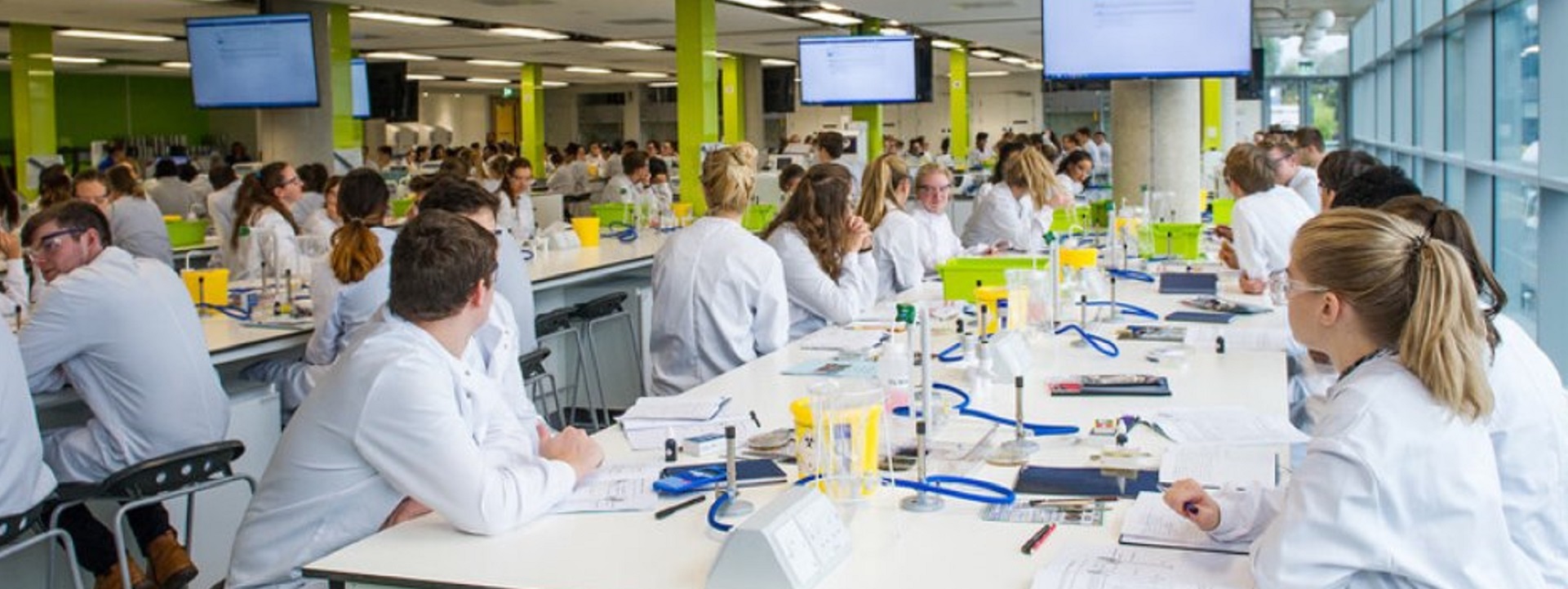

Readings:
Kitchen Dimensions: Code Requirements & NKBA Guidelines
University of North Dakota: Sanitation & Food Safety Operating Manual
The Campus Kitchen at the University of Georgia
University of Florida: An Introduction to Shared-Use Commercial Kitchens
Related:
Kitchens | Americans with Disabilities Act
Following is the current text of the Americans with Disabilities Act of 1990 (ADA), including changes made by the ADA Amendments Act of 2008 (P.L. 110-325), which became effective on January 1, 2009.
The ADA was originally enacted in public law format and later rearranged and published in the United States Code. The United States Code is divided into titles and chapters that classify laws according to their subject matter. Titles I, II, III, and V of the original law are codified in Title 42, chapter 126, of the United States Code beginning at section 12101. Title IV of the original law is codified in Title 47, chapter 5, of the United States Code. Since this codification resulted in changes in the numbering system, the Table of Contents provides the section numbers of the ADA as originally enacted in brackets after the codified section numbers and headings.
CHAPTER 126—EQUAL OPPORTUNITY FOR INDIVIDUALS WITH DISABILITIES
Protection of Intellectual Property in the Supply Chain
The Licensing Executives Society is an ANSI accredited standards developer that empowers, connects, and celebrates intellectual property professionals through education, best practices, networking, participating and mentoring — i.e. the classic non-profit trade association business model. The work of LES should be of interest to the education industry which regards itself as the primary source of new knowledge.[1]
From the LES mission statement:
Across the world, innovation is the principal source of differentiated and defensible competitive advantage for individuals and enterprises. Innovation is the basis of advantaged products and services, and it drives sales and profits. It is the source of jobs. It is the engine of the global economy. Yet the intricacies of IC management are not well-understood by our political, financial, and business leaders.
In addition, in business schools around the world, IC management is not treated seriously as a business subject. In fact, to the extent it is dealt with at all, IC management is taught as a legal subject, not as the management of the largest component of value in the modern enterprise (i.e. 80 percent of the equity value of publicly traded companies). IC valuation, the business processes employed in IC management (both risk mitigation and value extraction), IC sharing and protection with third parties, and IC strategy are barely touched upon.
IC and its value are, therefore, nearly invisible to most of our business, financial, and political leaders and thinkers. They have little, if any, grounding in it. There is little accounting for it. And very often, no one outside the legal department has explicit responsibility for its protection and management.
We do not advocate in the LES suite but we track its best practice discovery. It is time well spent, following the action in educational units finding, and bringing to market, new knowledge.
Last year LES posted notice of public consultation on another title in its bibliography: Management System for the Protection of Intellectual Property in the Supply Chain. From the project prospectus:
This standard defines a common set of expectations for what organizations can and should do to protect all types of their own IP and the IP of customers, suppliers, and partners. The Committee’s vision is to achieve standardization around how organizations develop and implement an intellectual property protection management system. This standard seeks to supplement legal and contractual IP protection methods through performance standards and business processes and practices that define the management systems required to protect all types of intellectual property (IP) in the global supply chain. The LES Standards Development Organization encourages IP thought leaders around the globe to participate in the public review and comment of LES draft standards as part of the standardization development process. As an Accredited Standards Developer of the American National Standards Institute (ANSI), LES provides the 60-day public review period to encourage manufacturers, distributors, and any interested stakeholder to represent each organization’s best interests while helping to shape this field for the future.
The public consultation window closed May 26th.
We have no information about its status as of this posting; a common condition among non-profit standards setting organizations since March. We expect that when any LES title is in motion it will announced on the link below:
Most research universities compete to be recognized as the new knowledge leader and have substantial intellectual property protection enterprises to harvest licensing revenue. These universities have large marketing units to make the accomplishments of its staff known to the public. The number of staff involved in marketing and administration may exceed the number of staff creating new knowledge.
We encourage innovation and technology management enterprises in the education industry to communicate directly with the Licensing Executives Society about participation and/or membership. Contact: Kelli Baxter, (703) 234-4088, kbaxter@les.org, 12100 Sunset Hills Road, Suite 130, Reston, VA 20190. We maintain the LES suite on the standing agenda of our Human Resource teleconferences. See our CALENDAR for the next online meeting; open to everyone.
Issue: [18-362] [20-86]
Category: Academics, Administration & Management
Colleagues: Mike Anthony, Christine Fisher, Jack Janveja
Source: ANSI Standards Action Page 23
More
National Institute of Standards and Technology: January 2018 Green Paper
Q&A with LES FRAND Licensing Standards Committee Co-Chairs Matteo Sabattini and Brian Scarpelli
AAU: Comment on Intellectual Property
AUTM: August 2018 Letter to US Secretary of State
ISO/TC 279 Innovation Management
Standards Michigan Related Post on ISO/TC 279
Merchant Electric Supply Availability
This content is accessible to paid subscribers. To view it please enter your password below or send mike@standardsmichigan.com a request for subscription details.
La Fémis
This content is accessible to paid subscribers. To view it please enter your password below or send mike@standardsmichigan.com a request for subscription details.
Optical Frequency Comb
Compact Chips Advance Precision Timing for Communications, Navigation and Other Applications
Shrinking Technology, Expanding Horizons: Complete Article
National Institute of Standards and Technology, Boulder, CO, USA
Igor Kudelin, et. al
Department of Physics, University of Colorado Boulder, Boulder, CO, USA
Abstract: Numerous modern technologies are reliant on the low-phase noise and exquisite timing stability of microwave signals. Substantial progress has been made in the field of microwave photonics, whereby low-noise microwave signals are generated by the down-conversion of ultrastable optical references using a frequency comb1,2,3. Such systems, however, are constructed with bulk or fibre optics and are difficult to further reduce in size and power consumption. In this work we address this challenge by leveraging advances in integrated photonics to demonstrate low-noise microwave generation via two-point optical frequency division4,5. Narrow-linewidth self-injection-locked integrated lasers6,7 are stabilized to a miniature Fabry–Pérot cavity8, and the frequency gap between the lasers is divided with an efficient dark soliton frequency comb9. The stabilized output of the microcomb is photodetected to produce a microwave signal at 20 GHz with phase noise of −96 dBc Hz−1 at 100 Hz offset frequency that decreases to −135 dBc Hz−1 at 10 kHz offset—values that are unprecedented for an integrated photonic system. All photonic components can be heterogeneously integrated on a single chip, providing a significant advance for the application of photonics to high-precision navigation, communication and timing systems.
New update alert! The 2022 update to the Trademark Assignment Dataset is now available online. Find 1.29 million trademark assignments, involving 2.28 million unique trademark properties issued by the USPTO between March 1952 and January 2023: https://t.co/njrDAbSpwB pic.twitter.com/GkAXrHoQ9T
— USPTO (@uspto) July 13, 2023
Standards Michigan Group, LLC
2723 South State Street | Suite 150
Ann Arbor, MI 48104 USA
888-746-3670


